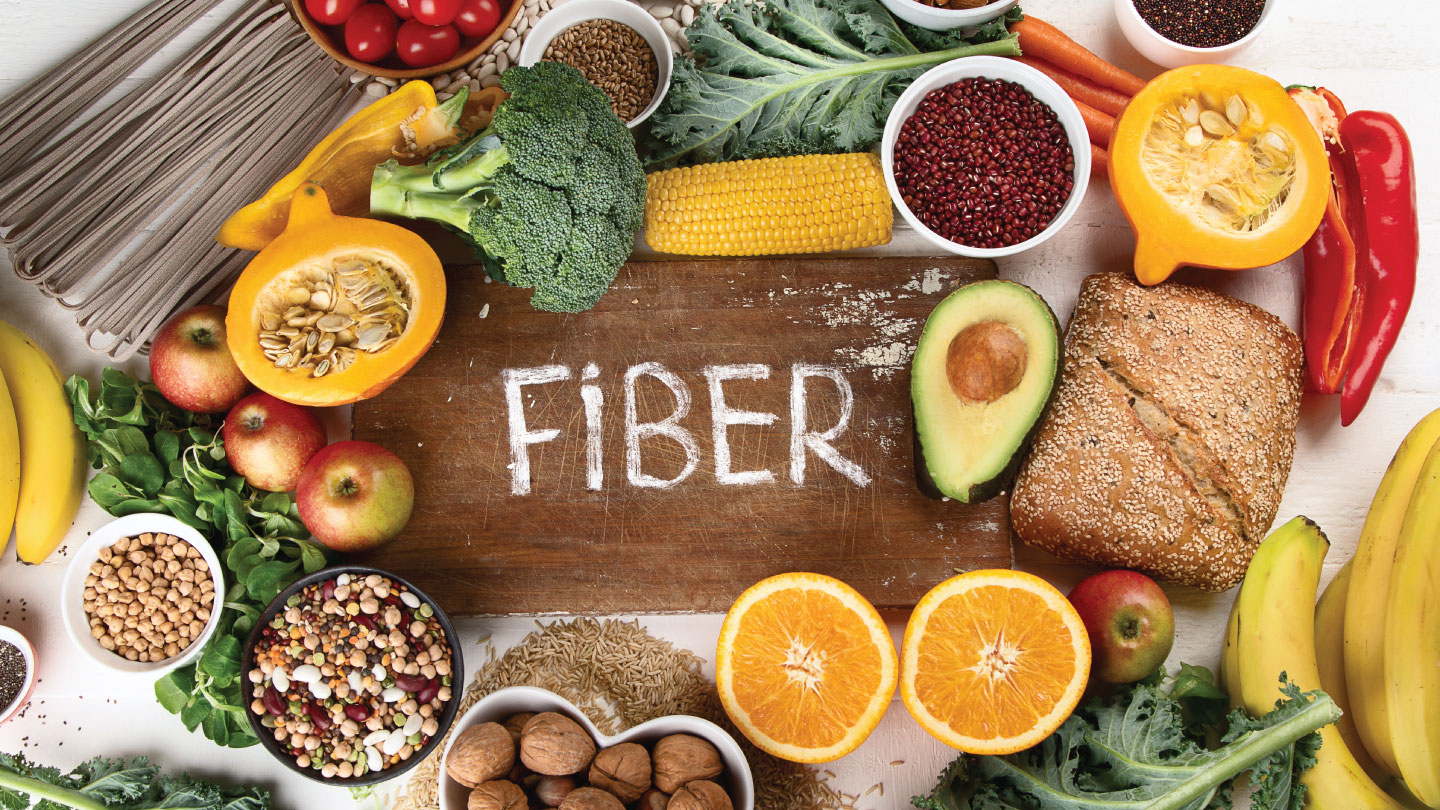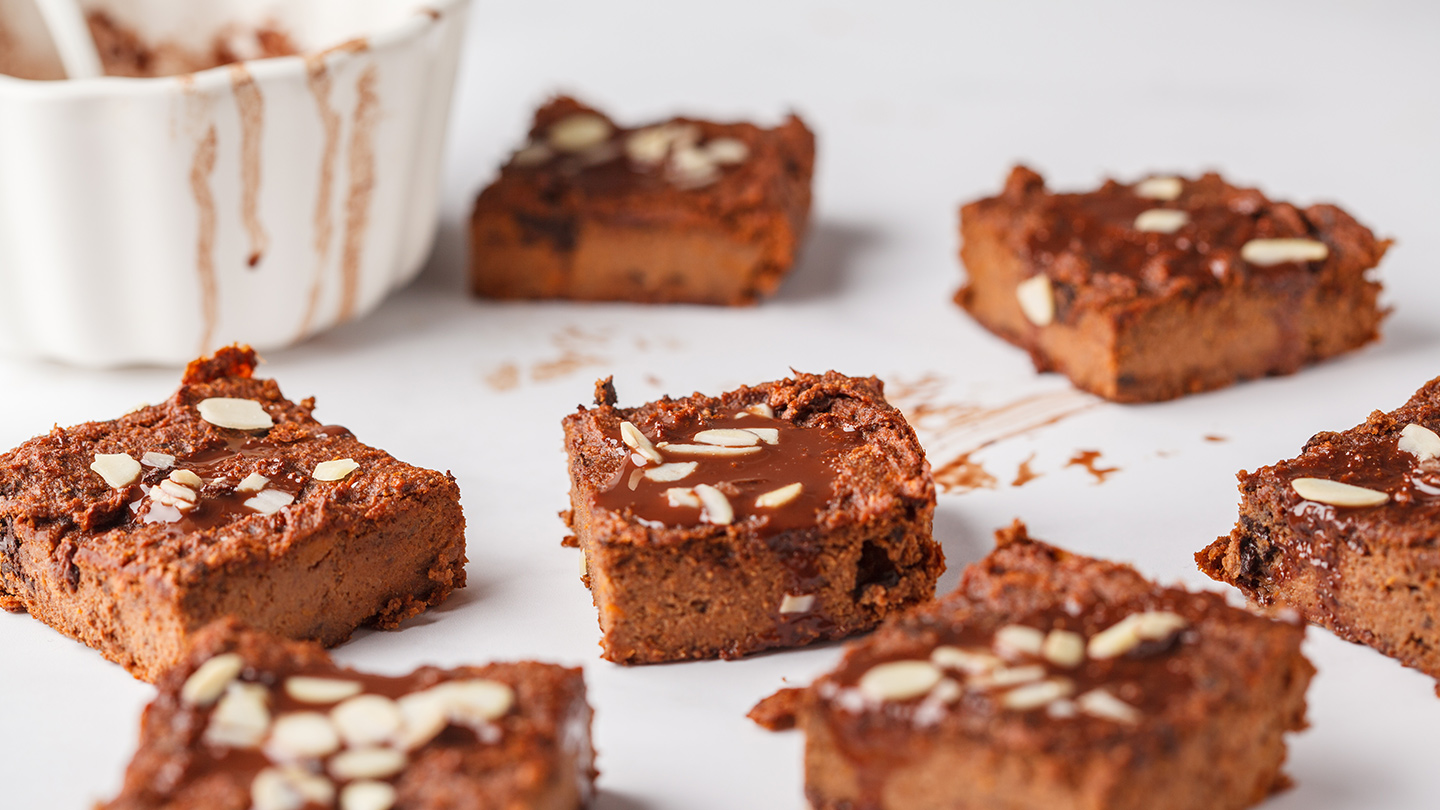Nutrition
10 Easy Swaps for More Fibre in Your Day
Small changes, big impact. Boost your daily fibre with smart swaps that are simple, satisfying, and sustainable.

Fibre is one of those nutrition ‘superstars’ that quietly works behind the scenes, supporting your digestive health, stabilising blood sugar, fostering satiety, and even helping with weight management. Yet many of us fall short of the recommended daily intake (around 25 to 30 g for adults, depending on age, gender and recommendations).
Thankfully, increasing your fibre intake doesn’t require drastic overhauls. With easy swaps for more fibre, you can transform everyday meals into high-fibre powerhouses. Below are ten simple switches you can start today, with the reasoning behind each one and tips for making them stick. Let’s harness some protein power!
1. Swap white bread for wholemeal or seeded wholegrain
Why it helps: Wholemeal and seeded breads retain the bran and germ, which are rich in insoluble fibre. This helps feed gut bacteria and support regular bowel movements.
Tip: Look for loaves with at least 3 g of fibre per 100 g, or labelled “whole grain” or “wholemeal flour” as the first ingredient. Use for sandwiches, toast or breadcrumbs.
2. Replace white rice with brown rice, quinoa or barley
Why it helps: Brown rice and grains like quinoa or barley include the outer layers (bran) that are rich in fibre. Quinoa delivers both soluble and insoluble fibre plus complete protein.
Swap idea: Use brown rice or barley in stir-fries, masala rice or salads. Or try half-and-half mix (half brown, half white) to ease the transition.
Related Story: 6 Ingredients For Fibre-Rich Smoothies
3. Choose whole-fruit instead of fruit juice
Why it helps: When you juice fruit, much of the fibre is lost (especially the insoluble fibre from skins). By eating the whole fruit, you retain both types of fibre plus beneficial polyphenols.
Tip: Enjoy whole apples, pears, berries or citrus. If you must juice, blend instead of straining to keep the pulp.
4. Swap smooth nut butters for chunky versions or nut spreads with seeds
Why it helps: Chunky nut butters and those with added seeds (e.g. chia, flax) add textural fibre bits that boost total fibre content.
Idea: Try crunchy peanut butter, or almond butter with flaxseed. Spread on wholemeal toast or stir into porridge.
Related Story: Surprising Benefits of a Fibre-Rich Diet
5. Use beans, lentils or chickpeas in more meals
Why it helps: Indian staples like toor dal, moong dal, rajma and chana are naturally rich in both soluble and insoluble fibre, which help balance blood sugar, support gut health, and keep you full for longer. They also provide plant-based protein, iron, and B-vitamins, making them perfect for vegetarian and flexitarian diets.
Easy swaps:
- Replace part of your white rice with moong dal khichdi or masoor dal for extra fibre and comfort.
- Add rajma or chole (kidney beans or chickpeas) to curries instead of only potatoes or paneer.
- Mix boiled kala chana or sprouted moong into salads or bhel for a crunchy, fibre-rich twist.
- Use besan (chickpea flour) to make chillas, pancakes or add into rotis for a fibre upgrade.
- Swap creamy dips with hummus or spiced chana dip for snacking with veggie sticks or khakra.
6. Swap regular pasta for wholewheat or legume-based pasta
Why it helps: Wholewheat pasta retains more of the fibre than refined pasta. Legume-based pastas (chickpea, lentil) often contain even higher fibre and protein.
Note: Cook al dente to maintain texture and lower glycaemic impact.
7. Replace ordinary cereal with high-fibre porridge or muesli
Why it helps: Many commercial breakfast cereals are highly refined and low in fibre. Rolled oats, steel-cut oats or fibre-rich muesli add bulk and lasting fullness.
Tip: Add a tablespoon of bran, chia or flaxseed to your bowl for extra fibre.
Related Story: 6 Reasons to Consume More Fibre
8. Snack on whole-food options instead of refined snacks
Why it helps: Crispbreads, roasted chickpeas, nut & seed bars, raw vegetables or popcorn offer fibre and nutrients, whereas many crisps or biscuits are empty carbs.
Swap ideas:
- Replace snack chips with air-popped popcorn (unsweetened).
- Munch on raw carrots, veggie sticks with hummus.
- Choose a seed & nut bar instead of a sugary biscuit.
9. Add seeds or bran to smoothies, yoghurts or baking
Why it helps: Chia seeds, flaxseeds, wheat bran or oat bran are concentrated fibre boosters. A tablespoon can add 3 to 5 g of fibre.
How to use:
- Stir into yoghurt or overnight oats.
- Blend into smoothies.
- Add to muffin or pancake batter.
Be sure to drink extra water as fibre works best when paired with adequate fluids.
Related Story: Ragi Muddha with Thotakoora Pappu: A Fibre-Rich South Indian Comfort Meal
10. Retain skins and peels where possible
Why it helps: Many fruits and vegetables hold a lot of their fibre in the skin (e.g. potatoes, apples, carrots, cucumbers).
Swap mindset: Wash produce well and eat with skin on, unless inedible or bitter. Roast unpeeled potatoes, steam veg with the skin intact.
Choosing the Right Type of Fibre
| Type of Fibre | What It Does | Food Sources | Easy Meal Ideas |
|---|---|---|---|
| Soluble Fibre | Forms a gel in the gut, helps lower cholesterol, controls blood sugar, and keeps you full for longer. | Oats, barley (jau), moong dal, masoor dal, apples, guava, citrus fruits, isabgol (psyllium husk). | Start your day with oats or barley porridge, add dal to lunch, enjoy guava or orange as snacks, or mix a spoon of isabgol in warm water at night. |
| Insoluble Fibre | Adds bulk to stool, promotes bowel regularity, and supports digestive health. | Whole grains (atta, brown rice, millets), vegetable peels, nuts, seeds, chana, rajma, and green leafy vegetables. | Choose rotis made from whole wheat or jowar, eat fruits and vegetables with their skins, and sprinkle flax or chia seeds over salads or curd. |
| Fermentable / Prebiotic Fibre | Feeds good gut bacteria, improves digestion, reduces bloating, and supports immunity. | Onions, garlic, raw banana (kachcha kela), sweet potato, asparagus, sabudana, daliya, and cooled rice. | Add onion, garlic, and methi to daily curries, include sweet potato chaat, and use raw banana flour in smoothies or pancakes. |
| Resistant Starch | Acts like fibre, even though it’s a starch, helps improve insulin sensitivity and gut health. | Cooked and cooled rice, boiled & cooled potatoes, green bananas, rajma, chole, black chana, and millets. | Use leftover rice for curd rice or lemon rice, add boiled chana to chaats, or make millet khichdi for a balanced meal. |
With just ten easy swaps and choosing the right type of fibre, you can gradually increase your fibre intake in a sustainable, tasty way. These small changes, like choosing wholegrain over refined, incorporating beans, adding seeds, or retaining skins, add up quickly. Over time, you will likely notice benefits like improved digestion, better blood sugar control, and greater satiety.
Start with just one or two swaps this week. Track how your body responds, and build from there. Fibre is the kind of nutrition change that pays off quietly but powerfully. Get instant access to personalised nutrition advice just for you. Sign up here.
EXPLORE MORE
Bright, tangy, and naturally refreshing, this orange chutney offers a burst of citrusy sweetness with a gentle hint of spice. It’s the perfect accompaniment to elevate daily meals with freshness and depth.
What you eat matters, but how you pair it matters even more. Transform simple meals into nutrient powerhouses.
Fibremaxxing is everywhere on social media but is doubling down on fibre really the secret to better gut health, or can one overdo it?
Fudgy, rich, and naturally nutrient-packed, these sweet potato brownies offer deep chocolate flavour with wholesome ingredients that nourish as much as they satisfy.






.jpg)

.jpg)

